Busbar Trading
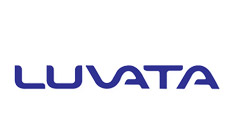
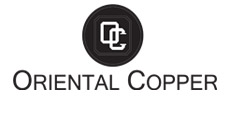
Bare Copper
Busbar
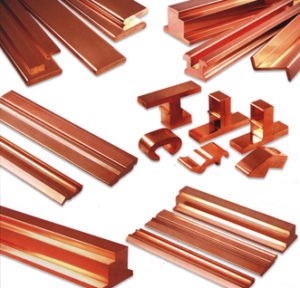 Busbar is considered as one of the most vital electrical element in electrical power generating stations and substations. Now a days the probability of fault occurrence has been reduced with the introduction of new age technology and advanced protection layout. Bus bar and high voltage power lines always needs special attention as they are most vulnerable to faults. Automatic Busbarprotection method is applied to avoid any damage or disruption of supply. In general, busbar forms a link between the incoming and outgoing circuits in electrical network. In very simple words, a busbar is a thick metallic (preferably copper or aluminum) strip or hollow pipe which concentrate the electrical power, and through which several outgoing lines are taken out or else several incoming lines are added, is termed as electrical busbar.
Busbar is considered as one of the most vital electrical element in electrical power generating stations and substations. Now a days the probability of fault occurrence has been reduced with the introduction of new age technology and advanced protection layout. Bus bar and high voltage power lines always needs special attention as they are most vulnerable to faults. Automatic Busbarprotection method is applied to avoid any damage or disruption of supply. In general, busbar forms a link between the incoming and outgoing circuits in electrical network. In very simple words, a busbar is a thick metallic (preferably copper or aluminum) strip or hollow pipe which concentrate the electrical power, and through which several outgoing lines are taken out or else several incoming lines are added, is termed as electrical busbar.
Functioning of copper busbars:
In electrical power distribution, the main purpose a busbar is to conduct electricity. It’ is also an electrical conductor, maintained at a specific voltage and capable of carrying a high current, usually used to make a common connection between several circuits in a system. “Busbar systems” refers to conductors that take the form of a bar or bars of copper conductor. The bars may be exposed or enclosed. The system may have one or more joints to assure proper length and configuration and one or more take-off points connected to end-use equipment.
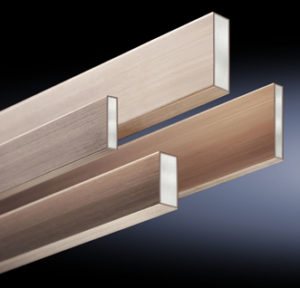 Bus bars & profiles are extensively used in low voltage distribution, high current & control equipment. The applications of bus bars & profiles include low and medium voltage switchgear, bus-way systems, panel boards, switchboards and many others. It acts as the main pathway to feed and distribute the current flow.
Bus bars & profiles are extensively used in low voltage distribution, high current & control equipment. The applications of bus bars & profiles include low and medium voltage switchgear, bus-way systems, panel boards, switchboards and many others. It acts as the main pathway to feed and distribute the current flow.
Bus bars that are made from copper are preferred over those made from aluminum because of higher electrical conductivity that copper bus bars offer. It is due to the greater electrical conductivity of copper, which enable installers to use more compact copper bus bars.
Moreover, when it comes to the higher current requirements, copper bus bars are preferred. Connections made with copper bus bars have a much lower contact resistance which prevents overheating and burn-outs.
Key Benefits
- There are numerous benefits that bus bars & profiles provide in various applications. Few of the major ones are:
- Reduces System Cost
- Improves Reliability
- Increases Capacities
- Low Contact Resistance
- Eliminates Wiring Errors
- Provides Lower Inductance
- Provides Lower Impedance
- Provides Denser Packaging
- Provides Wide Variety of Interconnection Methods
- Improves Thermal Characteristics
There are four major types of bus-bar which are classified based on the nature of the bus and voltage level they are used for. These are:

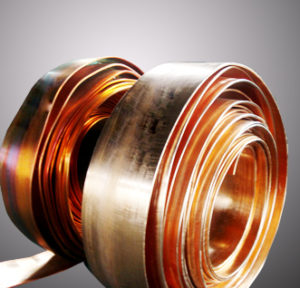 Rigid busbar – This is used for low, medium as well as high voltage. This bus-bar is rigid in nature and is made up of aluminium or copper. Porcelain insulator supports this kind of bus-bar.
Rigid busbar – This is used for low, medium as well as high voltage. This bus-bar is rigid in nature and is made up of aluminium or copper. Porcelain insulator supports this kind of bus-bar.
Strain busbar – This is flexible in nature and supported by suspension type insulator. This type of bus-bar is used for high voltage level.
Insulated phase busbar – This bus-bar is used for medium voltage and it is rigid in nature. Insulated phase bus-bar is covered by metal shield which is grounded.
SF6 insulated busbar – Medium and high voltage system uses this kind of bus-bar system. This is aluminium bus-bar which is rigid and supported by insulators. There is metal tube which contains high pressure sulfur hexafluoride gas in which this bus-bar is installed. According to shape bus-bars are of a few types. These are – tubular tube, round hollow tubes, round solid tubes, square tubes, flat bus-bar.
Tinned Copper Busbar
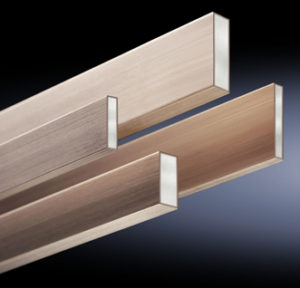 For rigid electrical connections,Tinned coated Copper Bus Barsoffer a very efficient solution. Resistivity in copper bars is very low, 25 in^2 bar 1 foot long is only 0.0000329 Ohms-roughly 8 Watts lost at 500 Amps.
For rigid electrical connections,Tinned coated Copper Bus Barsoffer a very efficient solution. Resistivity in copper bars is very low, 25 in^2 bar 1 foot long is only 0.0000329 Ohms-roughly 8 Watts lost at 500 Amps.
Tin plating is an excellent solution practically speaking, because it protects the copper, has reasonably lowresistance (higher than silver or copper but lower than nickel)
Where to use Tinned coated Copper Bus Bars:
- Very rigid high power connections.
- Connection of Field/Armature on Motor Terminals.
Where not to use Tinned coated Copper Bus Bars:
- Anywhere that needs flexible connections.
- Between battery terminals.(May cause undue stress to terminals.)
What is special with Tin Coating for copper bar?
- Tin plate works well to prevent corrosion and provide a good, clean contact surface. Moreover Copper oxidizes and the oxides do not stay on the copper well. When they come off there is more copper exposed, which in turn oxidizes, and so-on. Also the oxides do not conduct well. This causes poor electrical contact, which then gets hot and increases the oxidation rate. The oxides, because of their poor conductivity, also cause arcing at the electrical contacts, eroding the copper. Due to this reason Tin Coating is recommended for busbar in most applications .
Tin plating has two main technical advantages:
- The thin tin oxide film (10-30 nm) forms on the surface of the tin coating could act as a shield, inhibiting further oxidation; and
- Being a relatively soft metal, tin provides a low constriction resistance.
Busbar Fabrication
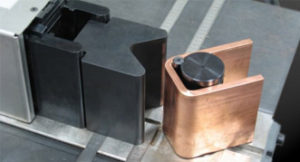 We have developed an extensive Busbar fabrication division; equipped with the most modern machines and extra skilled fabricators capable of fabricating busbars with complex custom designs. We provide a High Quality Service to the Construction Industry, and have a comprehensive portfolio of Completed Projects. We enjoy excellent customer reviews for our Quality, Efficiency, Work Ethic and an Unblemished Health and Safety Record, and ensure at every level these key factors are constantly maintained and improved.
We have developed an extensive Busbar fabrication division; equipped with the most modern machines and extra skilled fabricators capable of fabricating busbars with complex custom designs. We provide a High Quality Service to the Construction Industry, and have a comprehensive portfolio of Completed Projects. We enjoy excellent customer reviews for our Quality, Efficiency, Work Ethic and an Unblemished Health and Safety Record, and ensure at every level these key factors are constantly maintained and improved.
We use high conductivity electrical grade Copper conductor directly sourced from the leading manufacturers Luvata & Oriental Copper. All cutting, bending and punching are done on hydraulic/electrical machines to achieve desired angle and smooth edges.
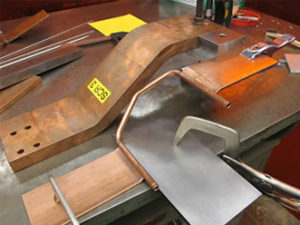 Our Fabrication Division is equipped with the following tools.
Our Fabrication Division is equipped with the following tools.
- Hydraulic Busbar Bending Machine Big upto 200 x 12mm cu.busbar
- HydraulicBusbar Bending Machine Small upto 200 x 12mm cu.busbar
- Electric Busbar Cutting Machine
- Hydraulic Bus Bar Punching Machine upto 18mm hole/slots
- Bakelite/Hylamsheet cutting Machine
- Pillar Drill Machine upto 16 mm
- Portable Drilling Machine
- Jigsaw Cutter
- Tool Boxes Equipped with all Tools & Tackles for efficient & quick assembly work
- Portable wiring trolleys equipped with wires, lugs, ferrules, sleeves, basic wiring Tools etc.
We have full-fledged testing division equipped with modern testing equipment’s like High Voltage Tester (5 KV), Megger, 5KV, Tong Tester, phase Sequence Meter, Loading Transformer, Relay Testing Panel, Secondary injection testing kit, Milli volt drop test kit etc.
